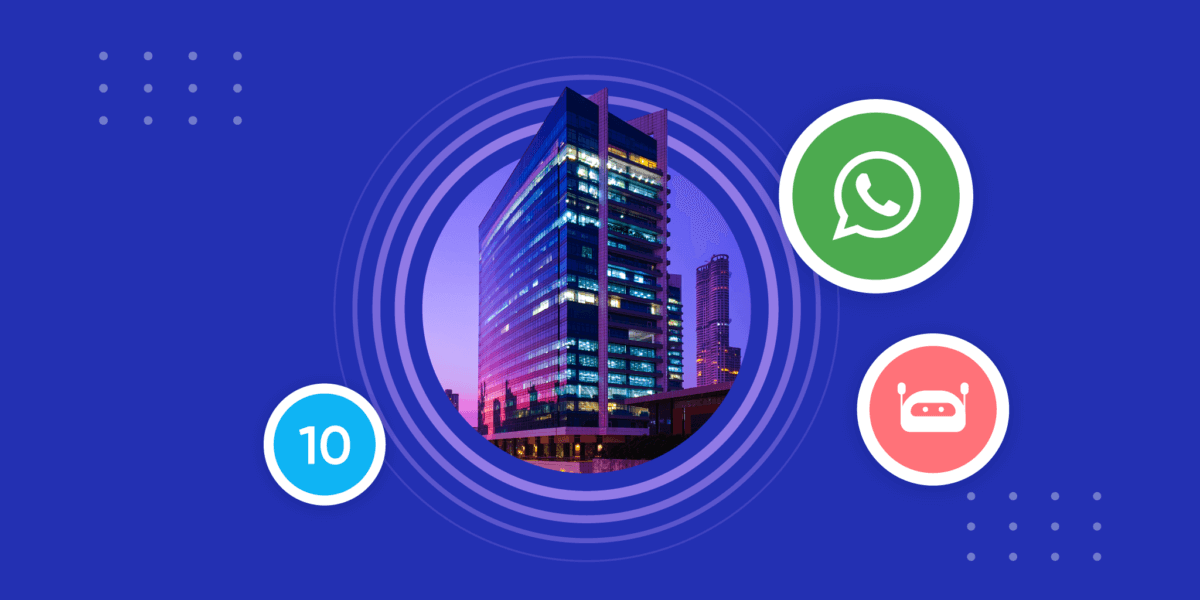We Need to Talk About What’s Killing Your Business; Emails

We Need to Talk About What’s Killing Your Business; Emails

This isn’t going to be an explanation of how you can make your cold emails better, how you can follow up more effective or how to maintain better inbox discipline.
This is going to be about one cold hard corporate truth: Emails suck. Period.
It doesn’t matter what you use emails for; internal company collaboration, external lead generation, support assistance, marketing, as a freelancer or if you’re part of a Fortune 500 company, there is ALWAYS a better way or a more effective platform to have gotten that thing done.
You and I know this to be true because we use better ways every day. We do it all the time, outside of work.
Here’s a bit of math to put the problem in perspective.

Research conducted by The Radicati Group, a Palo-Alto based technology market research firm reports that by the end of 2016, an average of 116.4 billion business emails will be sent per day globally.
By 2019, that number bubbles to 130B per day.
Why is this shocking? Because in late 2012, it was only about 89B per day.
We’re sending more emails, not less.
This has some fairly obvious side effects, the least of which happens to be inbox-overload. The average office worker globally (predominantly white-collar-type jobs) gets 121 work emails per day.
True story: I have a friend who works at a major IT company. Let’s call her Nicole. Now Nicole is fairly new to the company, she’s been there for a year. A while back, Nicole had to attend her sisters’ wedding, so she took two weeks off. And when she came back, she had 4,969 emails in her inbox.
I’ll save you the math, that’s nearly 360 emails, a day.
Even assuming a conservative 30 seconds to a minute spent per email, that’s anywhere between three to six hours per day that she spends on just reading emails.
Now the argument can be made, and you’d probably win it, that emails are nothing but a mental drain. All the time and energy employees spend simply reacting to the present state of their inboxes compromises on their ability to strategize for the future. Which at the end of the day is what makes and breaks businesses.
Several successful companies like Nykaa, a company valued at $450 million, have almost entirely eliminated emails from their customer support system. Overnight, this switch allowed them to engage 99.7% of all their customers in under 1 minute.
But this failure in internal company communications often leads to another problem: Emails become the worst possible way to talk to prospects, leads, or customers. And we see that today, emails are terrible for generating leads.
Take Nicole for example. If she was a prospect who was interested in your company, what would her journey through your website be?
It’d start by her wandering through your online offerings unaided.
Then would come the form she won’t fill.
You’d get the email address she won’t give you.
And eight hours later, you’d be one of the 400 odd emails in her inbox.
You’d follow up with her after 24 hours, 3 days, one week, two months and half a year.
You’d still be just as ignored.
Suggested Reading: How To Draft A Follow Up Email After No Response (12 Samples)

But you continue this cycle with every lead you ever interact with. Because in the modern world of marketing being data-driven is somehow more important than being customer driven.
So what can be done?

For internal corporate communications, quite a lot. We’ve seen a whole range of productivity apps that have stepped up the challenge of replacing their 1970’s alternative. Tools like Slack, Trello, Asana, Stride, and Basecamp are all fast-growing companies in their own right, powered by an industry-scale understanding that after 50 years, it is now time to ditch email.
Slack was started in 2014, and since then it’s raised a whopping $1.26 billion, as it takes on giants like Google and Microsoft. As I write this, Slack is valued at over $7.1 billion after it closed a $427 million funding round. Trello was sold for $450 million, to Atlassian, which shuttered its communications company Stride, in an equity deal with, you guessed it, Slack.
But these developments do nothing to help marketers, who as of checking my spam-filled inbox, still have nothing to substitute for emails.
But maybe that’s the wrong way to look at it. Instead of just switching emails with another platform equally susceptible to spam and flooding, we need to fundamentally rework our requirement for emails.
And that’s the kicker: Emails are primarily used for follow-ups. If you were there for your customers when they were there on your website for you, you wouldn’t need to send them as many emails.
When someone like Nicole arrives at your website, you should be right there to greet her with open arms. In a world of instant gratification where your friends and family are never more than five seconds or a text away, a business taking twelve hours to get back to you is nothing short of a crime. And customers treat it as such.
In research published in the Harvard Business Review, researchers audited the lead response times of over 2,000 B2B companies. The results were pretty extraordinary.
Researchers found that if companies didn’t respond to leads in five minutes or less, they risked losing them forever.
Additional research by NewBreed marketing shows that when companies take more than five minutes to respond, their odds of qualifying a new lead decreases by 10x. Responding in 10 minutes, vs. 5, further decreases the likelihood of qualifying a lead by 400%. And in spectacular fashion, they also found that over 55% of companies did not respond, even after five business days.
The NewBreed research pointed out that only 7% of the companies responded in under 5 minutes, and the fastest responders had a secret. Of the companies with the 10 fastest response times, all of them used live chat on their websites.
But more on that in a minute.
The lesson here is simple. In the world of B2B businesses, when a prospect shows interest in your product by coming to your website or has a question about your service, remember that out of immediate sight is out of perennial mind.
These changing landscapes are probably why companies are moving to a proactive sales and support stance by using live chat. Using live-chat or bots means that you can be there for your customer when they need you, not just when you can find the time to.
In many ways, emails have met their match when it comes to live-chat. Besides representing better deals from a monetary, interactive, efficiency, cost and scalability standpoint, live-chat provides companies with other unique opportunities.
But a simple live chat system burdens itself with another problem.
Your business doesn’t just run business hours. You’ll have prospects who visit your website at any hour that pleases them, customers who will have questions and queries only once they’re home and businesses who will want to discuss deals in the dead of the night. A live chat means that you cover only the customers who fall under your 9-5 timezone, versus all the other international clients that are often what define successful businesses.
What you need is a tool that can generate leads even while you’re generating Z’s, but still be able to seamlessly hand conversations off when Nicole needs some human support.
What you need are Artificially Intelligent Bots.
A hybrid system comprising of live chat and A.I. powered bots would allow you to generate leads, answer queries, and book meetings, 24/7, 365 days a year allowing you to interact with your customers in real time.
Because when your customer is on a computer a thousand miles away, and isn’t interacted with, one of two things tends to happen.
- They spend the next half an hour scouring your website to understand the value derivation you provide. (unlikely)
- They won’t get their answer and leave. (likely)
And when customers in your target market are left untouched, they eventually go to one of your competitors. Most of the time, to the one that talked to them quicker.
The internet is the most potent two-way communication interface in the history of humanity, but most companies just use it to blast out emails.
Instead of letting prospective customers simply slip through your website return to the Sales: Conversation. To create a conversational sales platform for free, in under five minutes, check this out.
Want to know how you can increase your conversion by 3x, grow your readability rate by 100% and have an open rate of 97%? Register for our Webinar here on WhatsApp Business API's to know more!






